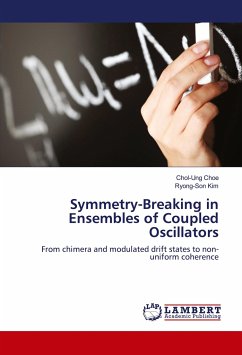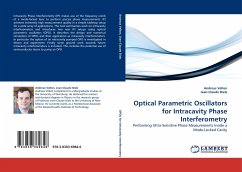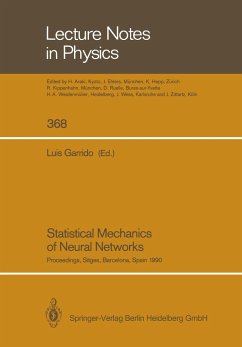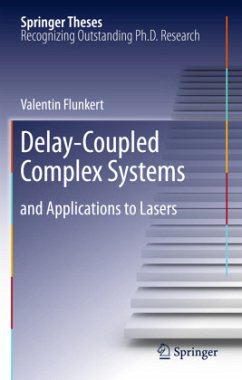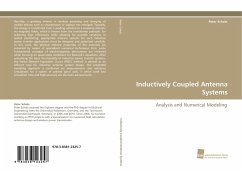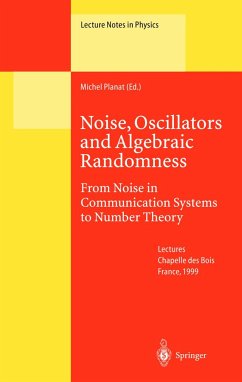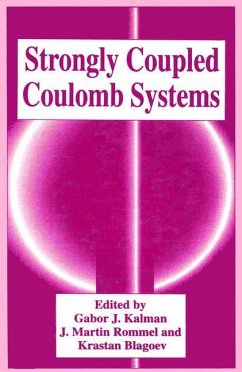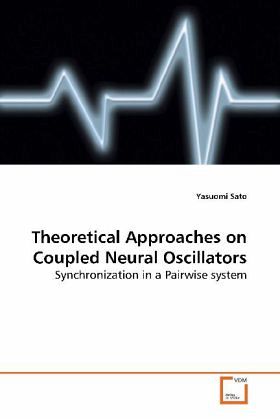
Theoretical Approaches on Coupled Neural Oscillators
Synchronization in a Pairwise system
Versandkostenfrei!
Versandfertig in 6-10 Tagen
32,99 €
inkl. MwSt.

PAYBACK Punkte
16 °P sammeln!
The integrate-and-fire and piecewise-linear (PL) (orFitzHugh-Nagumo) neuron models, which have beenused in the study of synchronization phenomena, wereoften regarded to be quite different types.Periodically and spontaneously firings of suchanalytical tractable models are dynamically different from or similar to the physiological relevantneuron models. A qualitatively new relationshipbetween the different types of the neuron models isproposed to introduce a coupling-dependence in the PLmodels according to whether the coupling term isadded to the $x$- or $y$-dynamics. Next, with areturn map anal...
The integrate-and-fire and piecewise-linear (PL) (or
FitzHugh-Nagumo) neuron models, which have been
used in the study of synchronization phenomena, were
often regarded to be quite different types.
Periodically and spontaneously firings of such
analytical tractable models are dynamically different
from or similar to the physiological relevant
neuron models. A qualitatively new relationship
between the different types of the neuron models is
proposed to introduce a coupling-dependence in the PL
models according to whether the coupling term is
added to the $x$- or $y$-dynamics. Next, with a
return map analysis and a phase reduction method,
synchronization behavior of two neurons with
excitatory or inhibitory synaptic coupling, including
some irregularly synchronous behavior that has never
been reported thus far, can be systematically
explored in terms of three parameters in the model
(synaptic strength, decaying relaxation rate of the
synaptic coupling and exponentially-decaying
relaxation rate during the firing). We then show that
the duration time of an impulse plays an important
role in synchronization phenomena.
FitzHugh-Nagumo) neuron models, which have been
used in the study of synchronization phenomena, were
often regarded to be quite different types.
Periodically and spontaneously firings of such
analytical tractable models are dynamically different
from or similar to the physiological relevant
neuron models. A qualitatively new relationship
between the different types of the neuron models is
proposed to introduce a coupling-dependence in the PL
models according to whether the coupling term is
added to the $x$- or $y$-dynamics. Next, with a
return map analysis and a phase reduction method,
synchronization behavior of two neurons with
excitatory or inhibitory synaptic coupling, including
some irregularly synchronous behavior that has never
been reported thus far, can be systematically
explored in terms of three parameters in the model
(synaptic strength, decaying relaxation rate of the
synaptic coupling and exponentially-decaying
relaxation rate during the firing). We then show that
the duration time of an impulse plays an important
role in synchronization phenomena.



